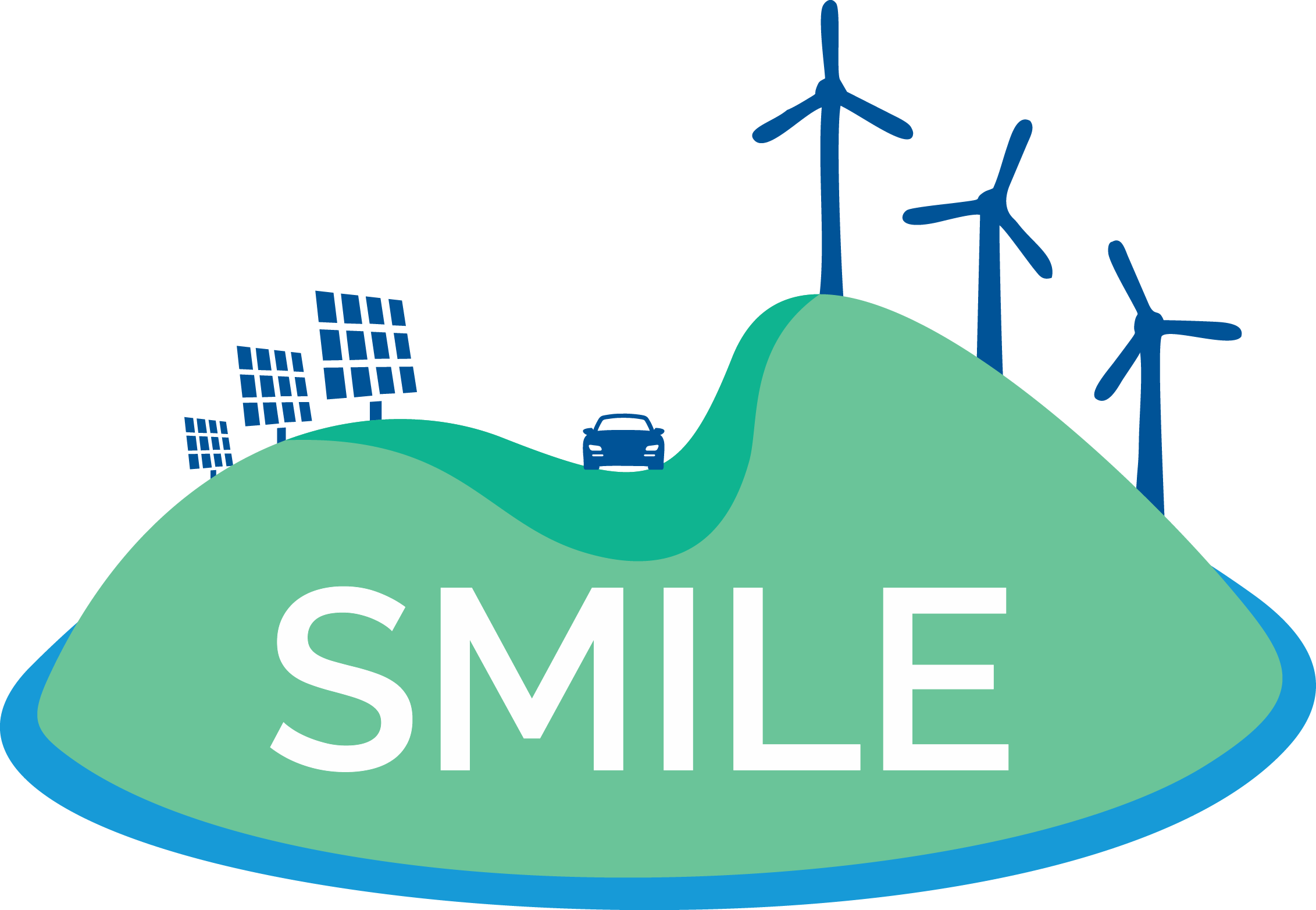Samsø applies a human-centered approach to match power consumption and production.
The photovoltaic (PV) production rarely matches the consumption at the Ballen marina, Samsø. The public grid acts as a storage buffer in cases of excess PV or PV shortage. The local battery takes over the role as a storage buffer, but only partially. Grid export and import still occur, but other means can reduce the dependency on the grid.
Demand response is a change in the energy consumption, to better match the (intermittent) production. Within SMILE, the Ballen marina on Samsø has demonstrated an alternative approach to demand response.
Figure 1 (a) shows a typical approach that changes the consumers’ behaviour to maximise the share of renewable energy or to minimise costs. Technically, the solution is to even out variations by shaving off peaks and filling up valleys in the consumption.
However, the Ballen marina is a service, and the harbour master’s primary objective is to maximise the visiting sailors’ convenience. Samsø therefore adopts an inverse approach, as shown in Figure 1 (b), where technical solutions perform the demand response in the background. For example, a smart controller can charge or discharge the battery without having the sailors change their behaviour. Similarly, the controller can shut off pumps and heat pumps without causing any inconvenience.
Samsø tries to move away from the technocentric approach, where human beings adapt to technology, and over toward the anthropocentric approach, where technology adapts to the needs of human beings.
For more information, you could contact Jan JANTZEN, Samsø Energy Academy: jj@energiakademiet.dk or Michael KRISTENSEN, Samsø Energy Academy: mk@energiakademiet.dk


Recent Comments